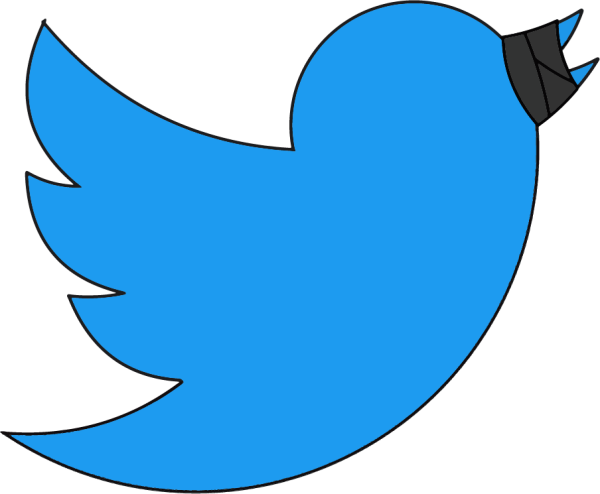The magic of animation
February 19, 2019
Animated films have a reputation for being something that is mostly associated with children’s media, but this standard should not have to continue any further. It’s time people recognized the artistic genius that can be presented with animation. Animation films are more versatile, portray storytelling just as well, if not better, than live action can and feature more efficient budgeting.
“Spider-Man: Into the Spider-Verse” is a fantastic example of this. At first glance, due to its animated, “cutesy” style, it may seem like a film exclusively geared toward young audiences, but people of all ages have given the movie praises for its heart, humor and, of course, beautiful art style. “Spider-Man: Into the Spider-Verse” had a budget half of live-action parallel “Spider-Man: Homecoming.” Some may argue the quality of film may be compromised considering the budget difference, but arguably, the low budget emphasized quality. Ultimately, animation is an efficient means of storytelling.
Wes Anderson, already notorious for producing indie films whose consistent color schemes and practically perfect set design make for a visually appealing film, produced his first animation “Fantastic Mr. Fox” in response to the claims that he was only good at live action. The film was highly acclaimed by many critics as a work of art with amazing attention to detail and witty humor. The budgets for his animated films are also significantly less than his live-actions’, and the integrity of the film still intact.
Animated films provide limitless opportunities. If someone wants to incorporate a unicorn in a live-action film, it takes more effort. The unicorn would have to match the overall style of the film, meaning, the unicorn would have look realistic, or else the audience would be skeptical. for it takes more effort In animated films, however, animating a unicorn is equally as possible as animating a human being, and making the unicorn fit the style of the film would be very the point. Animation presents a universe where, creating any element, existing or fantastical, of a creator’s imagination is equally feasible, making anything possible.
Animated films appeal to broader audiences better than live-action films. Animation is easier to dub over; if someone from China also wanted to witness the majesty of “Spider-Man: Into the Spider-Verse” without struggling to pay attention to the film and read the subtitles, it would be easy to dub the film. Granted, this is also somewhat of a possibility in live action films, but it is significantly more difficult to try to dub over a live human’s mouth than it is to dub over an animated character’s mouth. Animation even allows for some changes in the animation in order to compensate for different cultural elements. For instance, in Disney’s “Inside Out” where a young Riley is depicted refusing to eat broccoli. This seemed confusing for Japanese viewers, because kids there don’t have as much of a problem with broccoli. So, in the Japanese version, Riley is refusing to eat green peppers. These are just some of things that make animated films more accessible in other countries around the world.
Animated films provide a platform for us to bridge social divides and connect people of all backgrounds and walks of life. The possibilities with animated films are endless, and with that comes the opportunity to use this art form to create real connections in the increasingly globalized yet polarized word we live in today. Moviegoers and consumers of all type of media should recognize and appreciate the power and importance of animated films.







